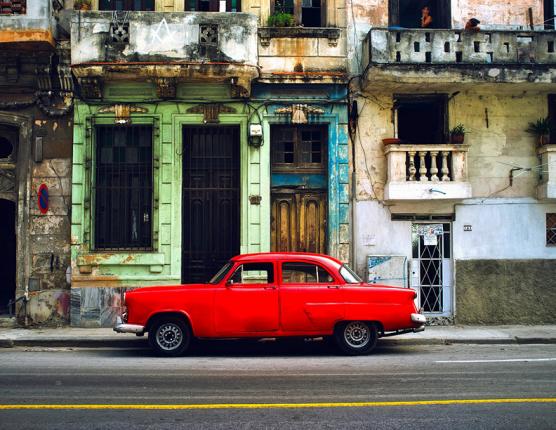Names
Annie Gillani & Hana Manjusak
Class
INTA 4500
About This Project
The Cuban Revolution lasted from 1953 to 1959 and ended with the United States’ backed dictator, Fulgencio Batista, fleeing the country. After the revolution, Fidel Castro assumed military and political power as Cuba’s prime minister, and soon after enacted socialist policies, including the nationalization of oil refineries and property. These policies sparked both anger and an oil war with the United States, a country with close economic ties to Cuba prior to the revolution. Thus, in October 1960, the Dwight D. Eisenhower administration put an economic embargo into effect against Cuba, which pushed the country to become heavily dependent on the Eastern bloc (Julien, 1961). Decades of the U.S. embargo and sanctions followed and went through periods of both loosening and tightening of restrictions, depending on what administration was in power (Napier, 2010). Moreover, when the Soviet Union showed sure signs of collapse in 1990, the U.S. pressured an end to the preferential trade agreement with Cuba, drastically harming the Cuban economy (Lee, 2017). It has been over sixty years since the onset of the Cuban embargo, and it still remains in place today.
The stories of the ‘failures of socialism’ are emphasized frequently, particularly in liberal Western democracies. These anecdotes, however, are often not presented in conjunction with evidence of interference from the United States that is occurring simultaneously. The Cuban case is one that is very prominent in political and academic discourse in the United States, and the country is frequently cited as an example of a socialist state that fails to provide public goods and services to its people. Since the onset of the embargo, Cuba has faced many public service provision struggles, including nutrition hardships, public health issues such as the epidemic of optic neuropathy, a lack of medicine and medical supplies, and a lack of education resources, among other examples. The level of hardship Cuba faces in providing public service provisions to their people, however, has fluctuated over the years, with the country performing better in providing them in some years rather than in others. Thus, the pressing question in this study is what causes this fluctuation to occur. Understanding whether there is a link between the U.S. interference and Cuba’s struggles to provide public service provisions is therefore a compelling question, and the following research question is posed: Is there a link between Cuba’s struggles to provide public service provisions to its citizens under socialism and the United States’ economically-driven embargo and sanctions against the country?



